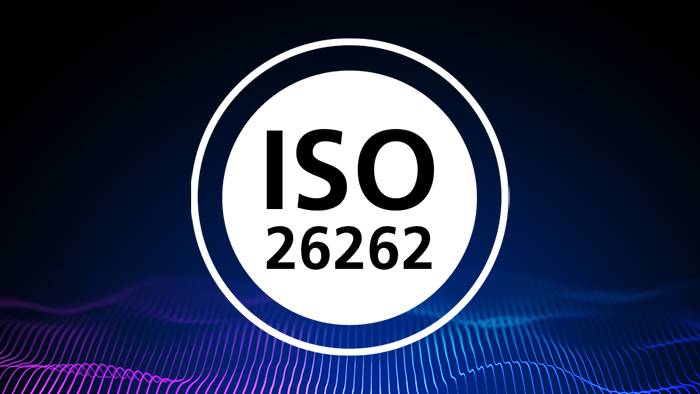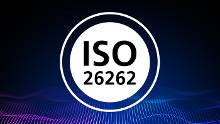ASM Electric Components
Simulation of battery electric vehicles (BEV)
Vehicle electrical systems, electric drives and inverters, as well as starter batteries and high-voltage batteries, are all virtualized precisely by ASM Electric Components. The model supports tasks such as developing and testing hybrid ECUs, battery management systems or indicator light controls.
-
Highly Dynamic Testing
As part of a hybrid vehicle project, VALEO’s Functional Validation Laboratory in Créteil, France, developed a HIL bench to emulate a permanent magnet electrical machine. Given the very fast dynamics of the system, and the need to work on refined electrical models, VALEO decided to use a new FPGA-based modeling technology.
-
Touareg Hybrid – Electrified and Electrifying
The Volkswagen Touareg has a brand-new hybrid version. Its electric drives, power electronics, and traction battery have caused a significant rise in the complexity of the networked electronic systems. From function development to ECU release tests, Volkswagen systematically relies on hardware-in-the-loop (HIL) simulation for functionality verification and quality assurance.
-
Electric Drives Efficiently Virtualized
Controlled electric drives are a key technology in numerous engineering applications. Handling so many applications calls for a high degree of flexibility, especially for servo controllers in industrial automation. And with all the possible configuration options for the servo controller software, there is a high number of variants, involving an enormous testing workload. With automated testing on a HIL simulator, these tests can be simplified and accelerated significantly.
-
Real-Time Simulation of E-Motors
The electric traction motor is a central component in many modern drive concepts. In hybrid vehicles and also in pure electric vehicles, controlling and regulating these motors is a major factor in achieving development goals regarding efficiency, emission reduction and vehicle dynamics. As an additional component in the drive train with significantly increased dynamics in comparison to internal combustion engines, the electric motor is posing new challenges for development engineers and development tools. This also affects hardware-in-the-loop (HIL) simulation, which is now an established step in the development of automotive electronic control units. dSPACE describes some of these challenges and presents possible solutions showing what HIL test benches for electric motors could look like.
-
Virtual Winter Tests
No modern vehicle ever reaches the market without first undergoing exhaustive tests. And test vehicles alone are no longer enough to test the complex electronic control units. This job is performed by simulation models, which shift ECU development into the virtual reality of a virtual vehicle. Dr. Hagen Haupt, head of dSPACE's Modeling Group, explains how the dSPACE simulation models are meeting this challenge.
-
Simulating Electric Drives
In demanding and highly dynamic electromobility applications, field-programmable gate arrays (FPGAs) provide an enormous performance boost for real-time simulation. dSPACE is going one step closer to the future by providing completely FPGA-based open simulation models.
- Open MATLAB®/Simulink® model
- For ECU testing and function development
- Intuitive graphical parameterization in ModelDesk
Application Area
ASM Electric Components is a library of models for the real-time simulation of a vehicle’s electrical system. The possible applications vary from electric drives and inverters for closed-loop control to complete automotive electric systems including a battery, starter, and alternator. The library is typically used to simulate realistic battery behavior during starter activation in order to simulate electric drives that are integrated into a hybrid electrical vehicle (HEV) powertrain. ASM Electric Components can be combined with other ASM products such as the engine models and the vehicle dynamics models to simulate a complete virtual vehicle.
Key Benefits
ASM Electric Components is optimized for hardware-in-the-loop (HIL)-based simulations in real time, making it possible to simulate complex ECU networks, including their electrical behavior. Moreover, the simulation automatically adapts to real-time boundary conditions. All the standard automotive components such as the starter, the alternator, and the battery are ready to use, because they are already equipped with the necessary automotive features and characteristics. For instance, the starter comes with an overrunning clutch for decoupling from the crankshaft after ignition.
Components and Characteristics
ASM Electric Components consists of components for automotive electrical system simulation, as well as closed-loop simulation components. The electrical system components can be used directly to create the electric circuits of an automotive system, since they are already equipped with all the necessary automotive features. These models are also optimized for real-time HIL simulation. The closed-loop components are ideal for HIL simulation of electric devices such as drives or inverters in a closed control loop. The models offer variable sample times for pulse width modulated (PWM)-synchronous model calculation and optimized solvers for real-time simulation.
- Ready-to-use components with automotive features
- Prepared for testing battery management controllers
- Simulation of a complete automotive electrical system
- Simulation of electric drive components and power electronics in a closed loop with ECU
- Demo models for simulating a battery electric vehicle and hybrid vehicle in combination with ASM Vehicle Dynamics or ASM Engine simulation models
Vehicle Electrical System
- Battery
- Starter
- Alternator
- Air conditioning
- Loads
- Supercapacitor
Electric Traction System
- Permanent magnet synchronous motor (PMSM)
- Brushless DC motor (BLDC)
- Asynchronous squirrel cage induction motor
- Discontinuous conduction mode (DCM) inverter
- Three-level inverter
- Controllers
- Various auxiliary blocks
- Three-phase rectifier
Solutions for Demanding Applications
Solutions for highly accurate simulation of electric motors in real-time.
Simulation of electric components that require highest dynamics and precision.
JMAG-RTSimulating electric motors with precise motor characteristics in real time.
- ASM Electric Components Product Information, PDF, English, 7626 KB
Drive innovation forward. Always on the pulse of technology development.
Subscribe to our expert knowledge. Learn from our successful project examples. Keep up to date on simulation and validation. Subscribe to/manage dSPACE direct and aerospace & defense now.














